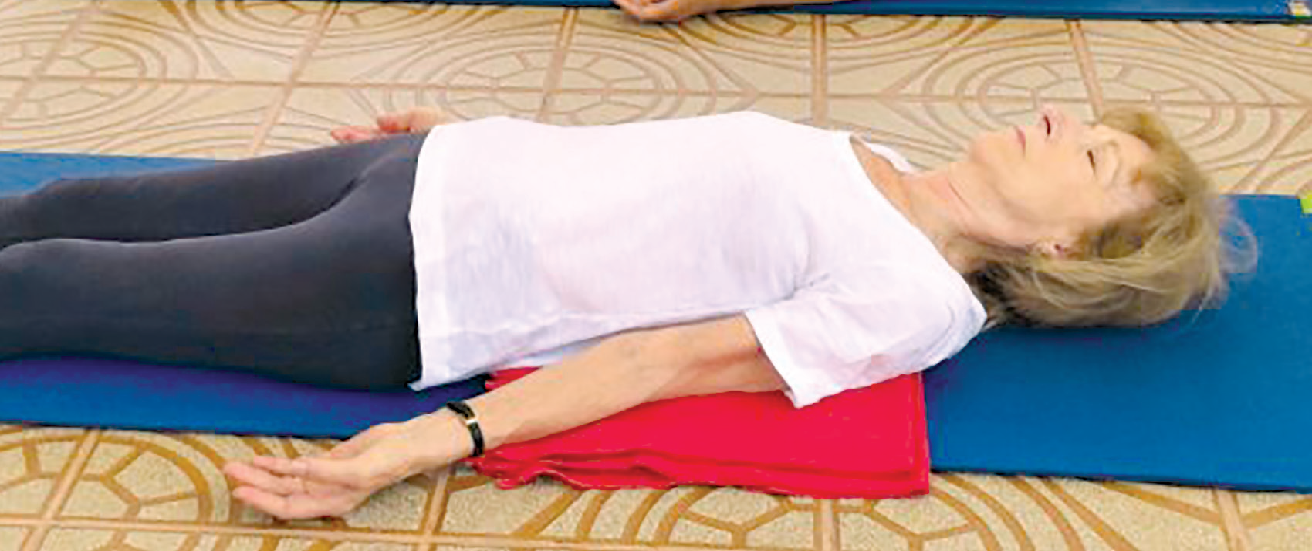
Herbal Beauty
Herb gardens can supply you with not only cooking ingredients but medicinal elements too.
NT Features
Growing herbs is no New Age hobby. Herb gardens have been around since ancient times in Ancient Egypt, India and Rome. Herbs were and are used for medicinal purposes, cooking and even decoration.
In ancient gardens, medicinal and culinary uses were the main reason for herb cultivation. In modern gardens, culinary remains. But decorative use is the new thing. But herbs still are used for medicinal purposes, many of which are cosmetic.
Early spring is the best time to plant herbs outdoors. But herbs can be planted in the ground any time of year, provided it’s frozen.
The structure
Shorter herbs, such as parsley and marjoram, should be placed in the front of the garden, and preferably on the south side. Low-growing herbs like thyme, Roman chamomile and yarrow look attractive at the garden edges. Sun-loving herbs, including basil and sage, need plenty of light so should be placed at the front.
How far apart should herbs be? Herbs being planted into the ground require one to four feet in diameter of space. Specific guidelines are there for some plants -- three to four feet for rosemary, sage, mint, oregano and marjoram, two feet for basil, thyme, tarragon and savoury, and one foot for cilantro, chives, dill and parsley.
Sun and soil
Herbs need lots of sun. They require at least six hours of sun per day outdoors. If an herb is growing in a space where it gets at least four hours of sunlight a day, it will do well. Most of them can take much more sunlight. Herbs like rosemary, lavender and basil thrive in full sun for six to eight hours a day.
Most herbs don’t need deep soil to be productive. Outdoors in the ground, they may stretch their roots a bit deeper. But most herbs are adaptable as long as they receive enough water, sunshine and plant nutrients.
Herbs will grow in almost any container as long as there is good drainage. Terra cotta pots are preferable, but plastic, wood, or metal will work too. Be sure to poke some holes into the bottom of the pot for drainage and provide a drip plate if you are keeping them indoors.
Growing back
For herbs to grow back after harvesting, you need to take care. Do herbs grow back after cutting? Yes, they do. But it’s important to prune your herbs correctly to encourage new and continuous growth.
Herb plants also grow lovely flowers. Many have edible blossoms but it is not a good idea to allow your herb to flower early in the growing season. Because when your herb flowers it then makes a seed, then dies for that season. So, it is best to not let any flowers from.
 English daily published in Bengaluru & Doha
English daily published in Bengaluru & Doha






